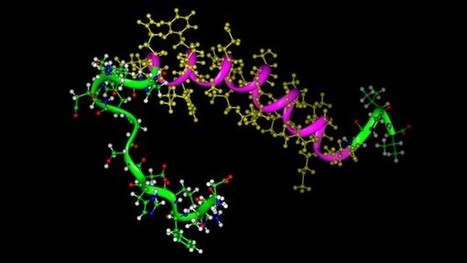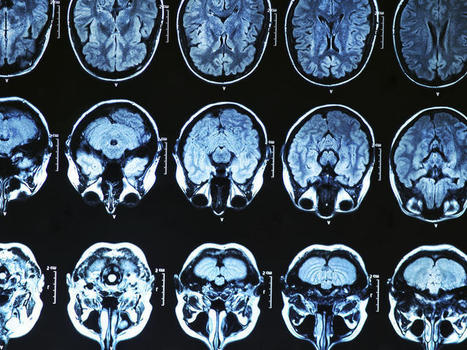A major study began on Monday that will try to determine if early intervention will block Alzheimer's in people with a sticky build-up in their brain of a protein, beta-amyloid, that's thought to play a role in the disease.
While having higher levels of the protein doesn't mean a person will necessarily get Alzheimer's, researchers want to know if intervening early will make a difference for those who do develop the disease, The Associated Press reports. Volunteers — healthy seniors who have undergone PET scans to see if they have enough beta-amyloid in the brain to take part — will be hooked up to IVs and given either a placebo or the experimental medicine solanezumab. The hope is that solanezumab will catch amyloid before it is able to transform into the telltale brain plaque found in Alzheimer's patients.
Scientists do not know how Alzheimer's forms, but many believe that amyloid plaques are the building blocks of the disease, and tangles of a protein called tau speed up the destruction of the brain. "Amyloid we know is a huge risk factor, but someone can have a head full of amyloid and not decline" mentally, says Dr. Reisa Sperling of Boston's Brigham and Women's Hospital and Harvard Medical School, who's leading the study. "We need to understand more about why some brains are resilient and some are not."
 Your new post is loading...
Your new post is loading...
 Your new post is loading...
Your new post is loading...





















The research did not find that viruses cause Alzheimer’s. But it showed that two types of herpes interact with Alzheimer’s-related genes and might drive the disease process.